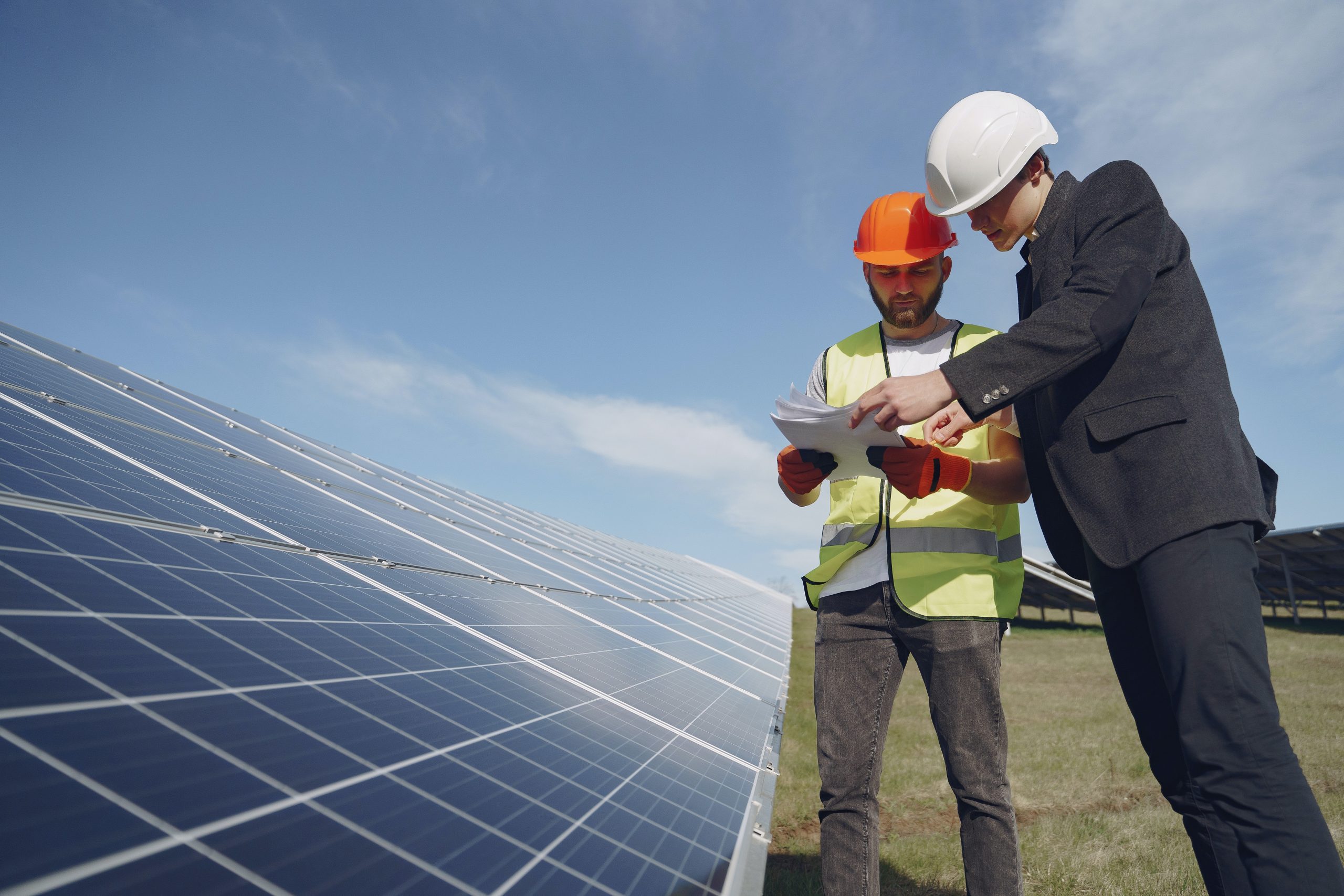Best practices for zoning: Research, Relationships and Record.
Whether your project involves wind, solar or communications, when it falls under local jurisdiction the fundamentals for success are the same.

Research
The foundation for success is thorough research and preparation. This will enable you to steer your project to the most appropriate location and avoid fatal flaws. It is important to know the who, what, when, where and the why of your project through and through so it can be presented confidently on the benefits it will bring to the community and its surroundings. During the initial planning stage, determine which local jurisdictions will have authority over your project area. Next, acquire and study each jurisdiction’s comprehensive plan, zoning ordinance, zoning map, and any other relevant regulations or planning documents. Once you have a solid feel for how the regulatory process in each jurisdiction works you may see areas of strength or weakness in your proposed project or ordinance language that may have a negative impact depending on how it is interpreted.
When you do select a location, be intimately familiar with it and scope out the nearby uses and structures. Get to know the community and your likely audience at the meeting. How does the community see itself and how does your project fit into that vision? What are the hot issues? What is the local economy based on? Is there more concern about tourism and aesthetics or economic development and job creation? Each community is different and to be forewarned is to be forearmed.
Relationships
Build on the foundation by giving close attention to your relationships with stakeholders and decision makers. These relationships will be the channels through which information flows. Your outgoing message and incoming feedback will either reassure or warn you. Use your local assets. Your landowner’s conversations over the fence with neighbors can have a big impact in either direction. Before you start a conversation make sure you are ready to convey enthusiasm about the project, interest in the community and a friendly, helpful manner. Cultivate a supportive relationship with planning staff by understanding the demands on them. Try to identify in advance who is opposed to your project and talk with them about their concerns. Consider minor concessions or changes that will diffuse their opposition. Even if you can’t make any changes, it will be appreciated by the decision makers that you made a good-faith effort to hear and address concerns.
Record
Create a record that can withstand legal challenges. This starts with selecting the strongest feasible location. Make your zoning filing the most thorough they have seen. Show how you meet all ordinance requirements. In addition to completing the application forms provided by the jurisdiction, a statement of ordinance compliance reproducing the relevant section of the ordinance followed by your response explaining how your project meets the requirement is often appropriate. Ensure proper public notice for hearings is given and keep relevant documentation. When making your presentation keep in mind that your primary goal is to ensure the board is comfortable approving your project. Address what is important to them and emphasize the benefits to the community. Help the decision makers keep perspective and refocus on the benefits. They need to feel that they are doing the right thing for the community and that their decision will hold up under scrutiny.
If the board appears ready to make a negative decision, consider a request to table the item until the next meeting so that you can regroup and provide supplemental information. If the decision is in your favor, make sure it is clearly stated and conforms to the requirements of the ordinance. Follow-up by obtaining the meeting minutes and ensuring that corrections are made if they don’t accurately reflect the decision. Make sure all conditions of approval are met. Start construction as soon as possible once all permits are secured in order to establish a vested right to complete the project.
Ralph Wyngarden
ralph.wyngarden@FaulkandFoster.com
Senior Zoning Specialist
He has served wind and solar developers and wireless telecommunications providers in markets across the country for the past nine years and is responsible for the development and maintenance of best practices for zoning and permitting for Faulk & Foster’s telecommunications and energy departments.